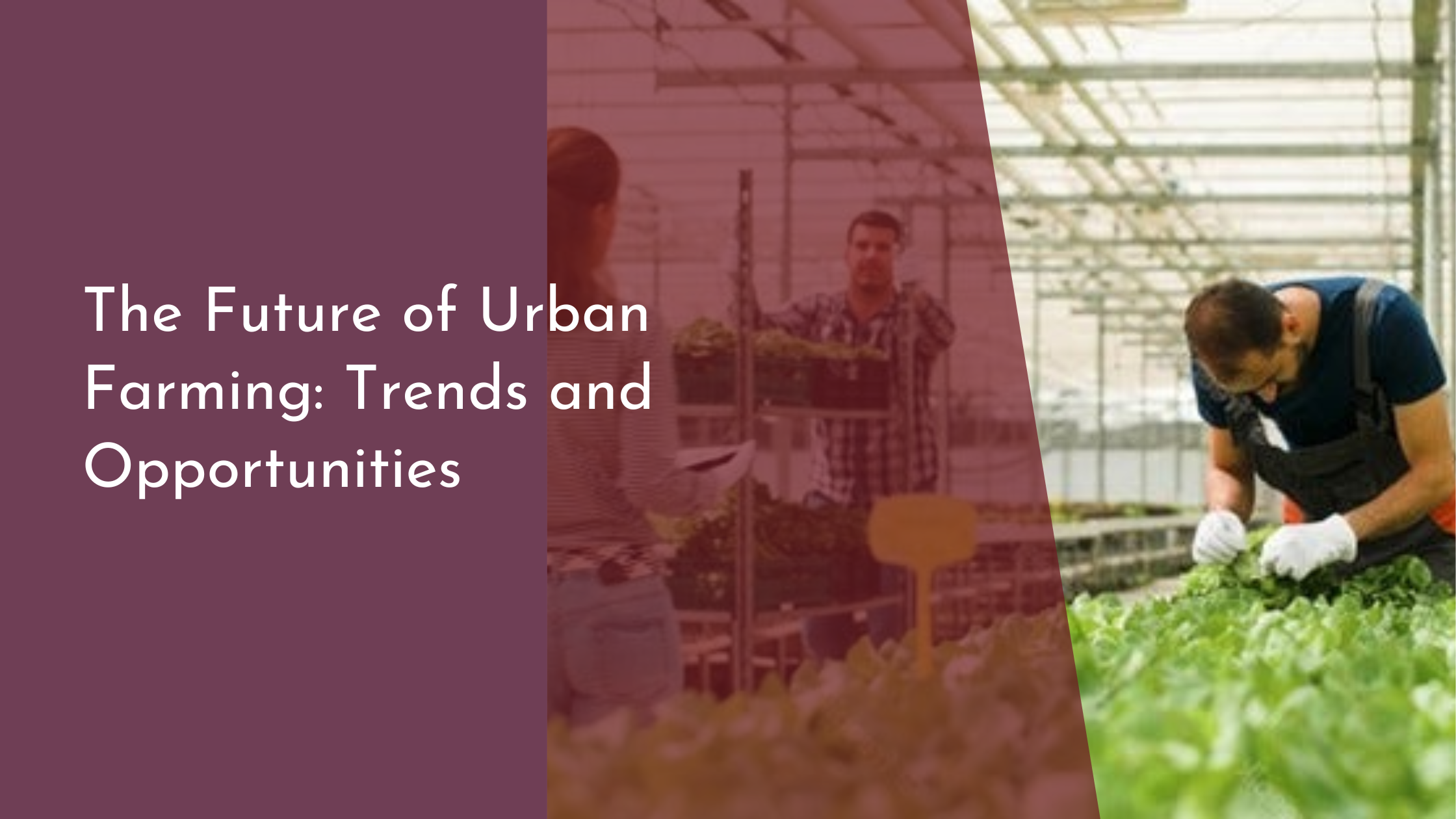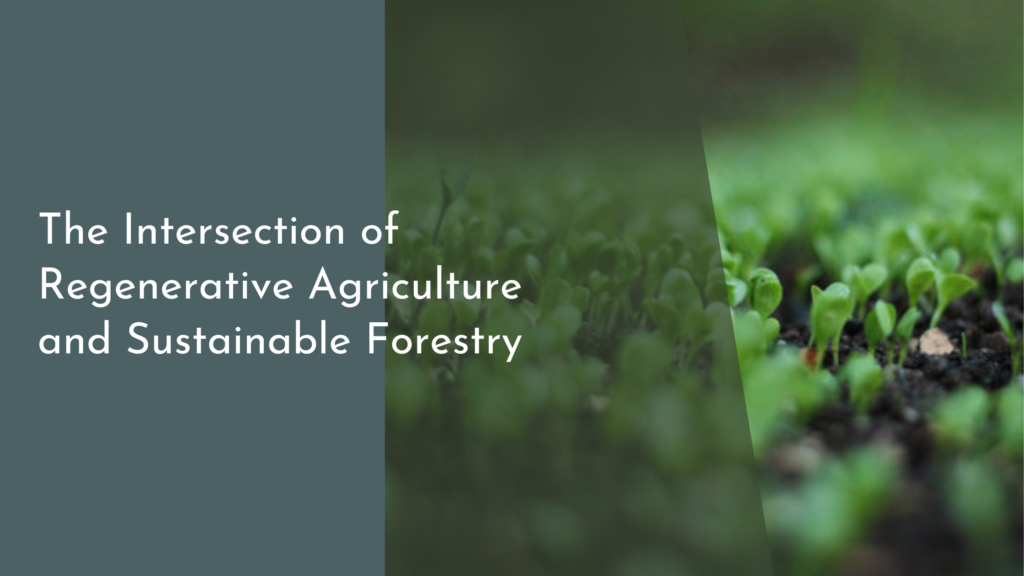The Future of Urban Farming: Trends and Opportunities
Urban farming is rapidly emerging as a pivotal component of the global agriculture landscape, offering solutions to food security challenges, reducing the environmental footprint of food production, and fostering community resilience. As cities continue to expand and urban populations grow, the demand for locally sourced produce has never been higher. This has led to a surge in innovative practices and technologies that are transforming how food is grown within urban environments. In this article, we explore the cutting-edge technologies that are reshaping urban agriculture, the sustainable practices that are setting new standards, the economic and social benefits of urban farming, and the promising opportunities that lie ahead for this burgeoning sector.
Innovative Technologies Revolutionizing Urban Farming
Emerging technologies are redefining the potential of urban farming, making it more efficient and accessible even in densely populated areas. Vertical farming, for instance, is a groundbreaking approach that allows crops to be cultivated in vertically stacked layers, often integrated into other structures like skyscrapers or shipping containers. Utilizing technologies such as hydroponics and aeroponics, vertical farms can produce high yields with minimal land use, making it ideal for cities where space is at a premium. These systems also use significantly less water than traditional farming and can be operated year-round, independent of climate conditions.
Another exciting development in urban agriculture is the adoption of smart farming technologies. Internet of Things (IoT) devices, AI-driven analytics, and automation are being deployed to enhance crop management and monitoring. Sensors can track moisture levels, nutrient availability, and temperature, providing real-time data that helps optimize growing conditions. Drones and robots are increasingly being used for planting, monitoring, and harvesting crops, reducing labor costs and improving precision. These innovations not only maximize productivity but also contribute to creating more resilient urban food systems.
Sustainable Practices Shaping the Urban Green Scene
Sustainability is at the heart of urban farming, with a focus on reducing environmental impact while maximizing output. One key practice is the integration of permaculture principles, which emphasize working with natural ecosystems rather than against them. This involves using companion planting, crop rotation, and other techniques to enhance biodiversity and soil health, thereby reducing the need for chemical fertilizers and pesticides. Urban farms are often designed to create a closed-loop system where waste is minimized and resources like water and energy are used more efficiently.
Composting and waste recycling are also crucial components of sustainable urban farming. By converting organic waste from the city into nutrient-rich compost, urban farms can create their own natural fertilizers, reducing the dependency on synthetic inputs. Additionally, many urban farms are adopting renewable energy sources like solar panels to power their operations, further enhancing their sustainability credentials. These practices not only contribute to a healthier urban environment but also inspire communities to adopt more sustainable lifestyles.
Economic and Social Benefits of Urban Farming
Urban farming offers a plethora of economic advantages, not just for farmers but for the wider community. By shortening the supply chain, urban farms can reduce transportation costs and the carbon footprint associated with long-distance food distribution. This often results in fresher produce reaching consumers faster and at lower prices, making healthy food options more accessible to urban dwellers. Moreover, urban farming can stimulate local economies by creating jobs in farming, distribution, marketing, and other related sectors.
On a social level, urban farming promotes community engagement and education. Community gardens and urban farms serve as social hubs where residents can come together, share knowledge, and connect with nature. These spaces often host workshops and educational programs, teaching people about sustainable agriculture, healthy eating, and environmental stewardship. Urban farming initiatives can also address food insecurity in underserved neighborhoods, ensuring that everyone has access to nutritious food, improving public health, and fostering a sense of community pride.
Opportunities for Growth in Urban Agriculture
The future of urban farming is ripe with opportunities for growth and expansion. As technology advances and the demand for sustainable food sources grows, there is significant potential for scaling up urban farming operations. Innovative business models, like subscription-based farm boxes, and partnerships with local restaurants and grocers, are opening new revenue streams for urban farmers. Additionally, increased investment from both private and public sectors is helping to drive research and development in urban agriculture, paving the way for more efficient and scalable solutions.
There is also a growing trend of integrating urban farming into urban planning and development projects. Green roofs, urban farming districts, and municipal support for urban agriculture initiatives are becoming more common as cities recognize the multifaceted benefits of these spaces. Moreover, as climate change continues to pose challenges to traditional agriculture, urban farming offers a resilient alternative that can help ensure food security in the face of environmental uncertainties. By embracing these opportunities, urban agriculture can play a vital role in creating more sustainable, self-sufficient, and vibrant urban communities.
The future of urban farming is bright, as technological innovations, sustainable practices, and growing awareness of environmental and health issues continue to drive its evolution. With immense potential to transform cities into green, productive, and self-reliant environments, urban farming is more than just a trend; it is a vital component of the future urban landscape. By embracing the opportunities and addressing the challenges that lie ahead, urban agriculture can significantly contribute to a more sustainable and equitable world. As we look forward, fostering collaboration between city planners, policymakers, and communities will be key to unlocking the full potential of urban farming and ensuring it thrives in the years to come.



